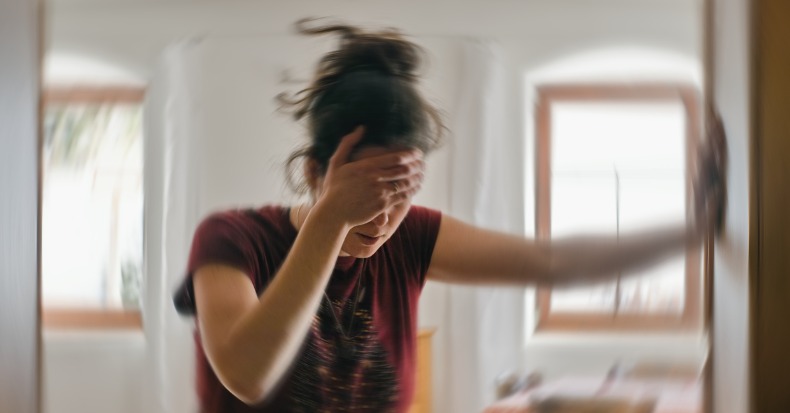Dizziness affects about 15-20% of adults to some extent each year, and it is one of the most common reasons for emergency room visits. One of the three systems that works to help us maintain balance is the proprioceptive system that is made up of mechano-receptors located in our joint capsules, muscles, and more that communicate with the brain to let it know where each part of the body is in space. This sensory input comes from all over the body and through the upper neck and into the brain.
In the presence of a musculoskeletal disorder that affects the upper cervical spine, the sensory input that feeds the proprioceptive system can become altered or disturbed, which is experienced as dizziness. Patients with dizziness caused by dysfunction in the neck—called cervicogenic dizziness—often describe their symptoms as “drunklike” or lightheaded feelings, dizziness associated with neck movements, restricted neck motion, and neck pain.
The GOOD NEWS is that manual therapies—the primary treatment utilized by chiropractors—have been shown to significantly benefit cervicogenic dizziness patients. In a 2022 randomized-controlled trial that included 40 cervicogenic headache patients, researchers divided patients into two groups. The first group received three treatments 48 hours apart that included upper cervical soft-tissue therapy followed by high-velocity, low amplitude thrust manipulation. The other group received no treatment and served as a control group.
The researchers observed that the patients in the treatment group not only experienced greater improvements in pain intensity, spinal mobility, and dizziness after the treatment phase of the study, but these benefits persisted up to a month later during a follow-up visit. The patients in the control group reported no improvement at either time point.
The findings suggest that patients experiencing dizziness that’s accompanied by restricted cervical range or motion or neck pain should be evaluated by a doctor of chiropractic to determine if they can benefit from treatment to restore normal motion to the upper cervical spine.



